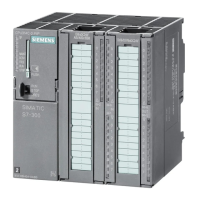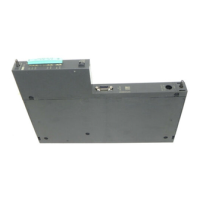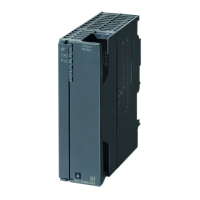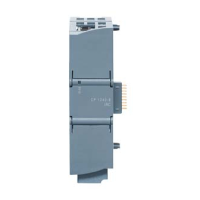Memory concept
4.2 Memory functions
CPU 31xC and CPU 31x, Technical Data
4-14 Manual, 01/2006 Edition, A5E00105475-06
4.2.5 Recipes
Introduction
A recipe represents a collection of user data. You can implement a simple recipe concept
using static DBs. In this case, the recipes should have the same structure (length). One DB
should exist per recipe.
Processing sequence
Recipe is written to load memory:
• The various data records of recipes are created as static DBs in STEP 7 and then
downloaded to the CPU. Therefore, recipes only use load memory, rather than RAM.
Working with recipe data:
• SFC83 "READ_DBL" is called in the user program to copy the data record of a current
recipe from the DB in load memory to a static DB that is located in work memory. As a
result, the RAM only has to accommodate the data of one record. The user program can
now access data of the current recipe. The figure below shows how to handle recipe
data:
6)&5($'B'%/
6)&:5,7B'%/
/RDGLQJPHPRU\
&XUUHQW
UHFLSH
00&
5HFLSH
5HFLSHQ
5HFLSH
&38
Saving a modified recipe:
• The data of new or modified recipe data records generated during program execution can
be written to load memory. To do this, call SFC 84 "WRIT_DBL" in the user program.
These data written to load memory are portable and also retentive on memory reset. You
can backup modified records (recipes) by uploading and saving these in a single block to
the PG/PC.
Note
ctive system functions SFC82 to 84 (active access to the SIMATIC Micro Memory Card)
have a distinct influence on PG functions (for example, block status, variable status,
download block, upload, open.) This typically reduces performance (compared to passive
system functions) by the factor 10.
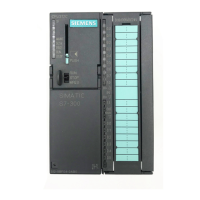
